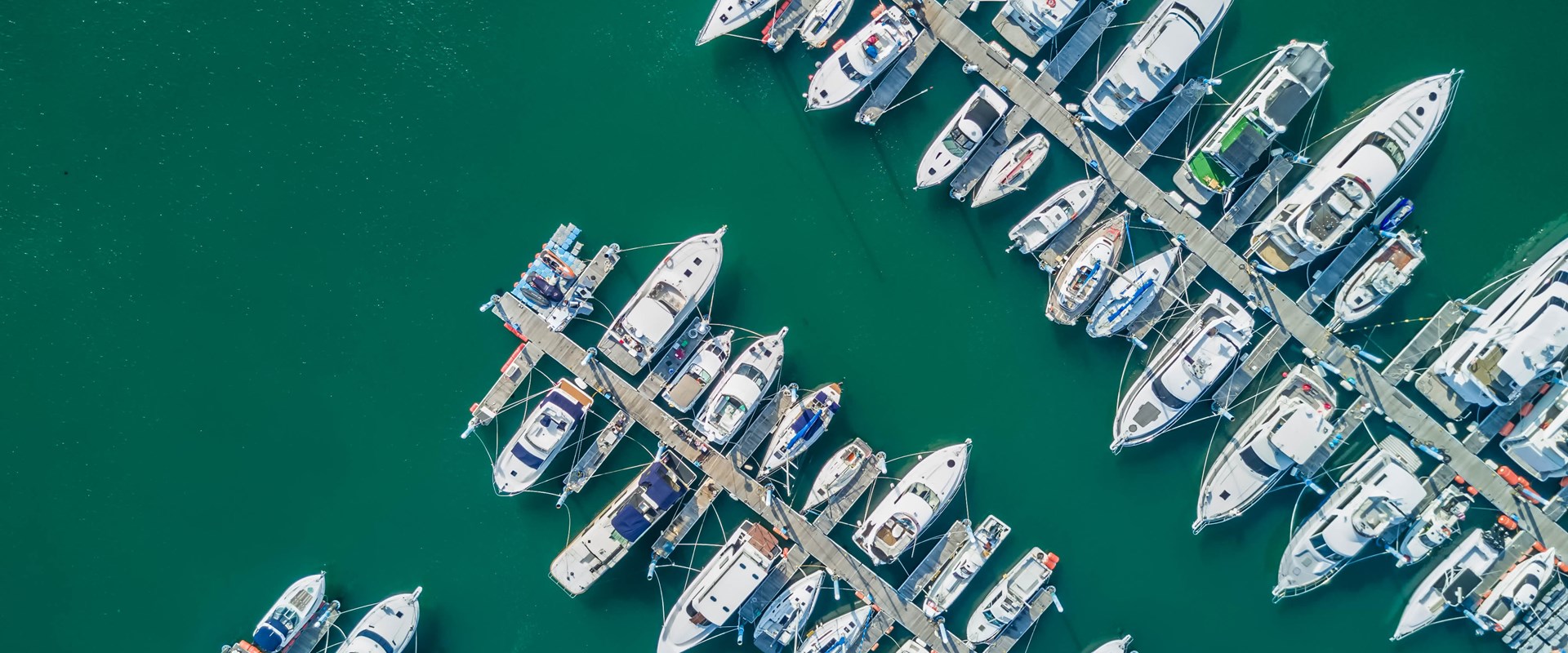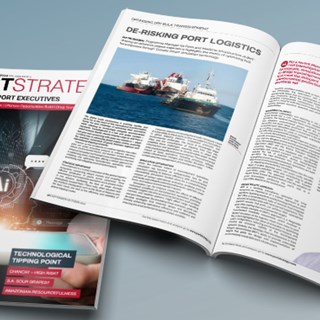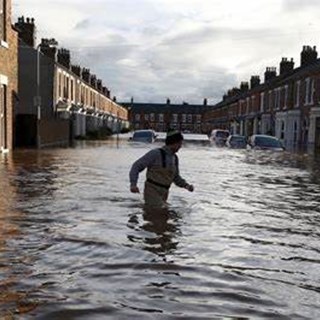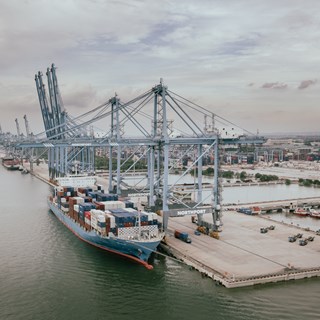
Blackwater Pump-Out and Approval Considerations
In this article published by the Marina Industries Association's 'Waterline' magazine, Jeremy Visser discusses some of the key considerations when discharging blackwater.
The operation of recreational and commercial vessels naturally generates sewage. While discharge of sewage/blackwater from any one vessel may not materially affect the environment, the discharge from multiple vessels has the potential to cause significant impacts to water quality and marine life.
This is of particular concern in areas where natural or built conditions prevent the regular flushing of water to disperse sewage. Blackwater is high in nutrients and can cause algal blooms and subsequent depletion of dissolved oxygen in the water. Additionally, blackwater carries a range of health risks (e.g. E. coli) which can make waters unsuitable for swimming and other recreational activities.
The two key options to prevent these impacts are:
Under MARPOL (International Convention for the Prevention of Pollution from Ships), at sea discharges can generally only occur when beyond 3nm from nearest land (although in practice, the definition of ‘nearest land’ can push this discharge area much further offshore). While this may be practical for some boat operators, providing for blackwater discharge onshore presents the preferred alternative for many recreational boaters.
Blackwater pump-out at a marina effectively involves the pump-out of sewage from vessels, either into a holding tank for subsequent disposal, or into a system that connects directly into the municipal sewerage system. Depending on your location, the local council or port/harbour authority may already provide blackwater pump-out. However, across much of Australia, marinas provide the main opportunity for pump-out services. This not only prevents blackwater being intentionally discharged to the marine environment, it also reduces the risk of accidental discharges, in the event that a berthed vessel sinks or has a collision.
Blackwater pump-out directly to the sewerage system cannot be undertaken without a trade waste approval (or equivalent). Depending on your State, these may set strict limits on volumes and quality of discharges or may allow unlimited discharges, subject to an initial assessment on blackwater quality. Trade waste approvals can be obtained from your local wastewater utility provider, usually a government owned utilities corporation or a specialist branch of local council.
While trade waste approvals are typically straightforward applications, in some areas utility providers have been hesitant to connect marinas to sewerage systems. This has been due fear that the seawater within vessel blackwater will exacerbate rusting of sewerage infrastructure. While the risk of this is low, you need to be aware of your providers risk appetite and may need to investigate options to reduce salinity concentrations (e.g. mixing with rainwater collected on site).
The alternative to trade waste approvals is to dispose of blackwater as a regulated waste. This can be done through licenced environmental services providers. While typically more expensive, this removes the need to obtain connections to the existing sewerage system.
Different options will work for different marinas, depending on a range of factors, such as location, utility provider and demands of your customers. At the end of the day, the key is to come up with a solution that prevents the concentration of blackwater in your marina and surrounding area.
This article features in the current issue of Waterline (p.27), a quarterly magazine by the Marina Industries Association (MIA). Read the full publication here.
An exciting initiative of BMT's partnership with MIA has been the development of the Environmental Best Practices course. Environmental Best Practice aligns with the standards and requirements to provide safe and reliable services at a marina. Covering many aspects of working at a marina, the course is designed to establish best practice environmental standards for marina workers.
An essential course for anyone engaged at a marina, participants will have a greater understanding of their responsibilities and how their actions can better the marina environment. The 2 hour self-paced course includes environmental information, guidelines, videos and downloadable resources.

Jeremy Visser is an Associate Principal Environmental Consultant with over 10 years post-graduate consulting experience. He is a member of the EIANZ and QELA, and BMT’s representative to the Marina Industries Association.
Jeremy’s expertise lies in environmental and maritime projects, especially for the ports, dredging, infrastructure, energy and resources sectors. This expertise includes project licencing and EIA, due diligence, risk assessment, environmental management, and compliance and auditing for all Australian jurisdictions and across the Pacific, as well as under international standards. Jeremy is also regularly involved in the execution of field data campaigns, site inspections, and client-side secondments to support the implementation of major projects.
Additionally, utilising his legal and policy expertise, Jeremy regularly works in the development and application of environmental regulation, policies and strategies in Australia and the Pacific. This includes regulatory working papers, legal and policy analysis, and environmental and infrastructure policy statements.
Jeremy has a Bachelor of Laws (Honours), Bachelor of Environmental Management (Honours) and Master of Laws through the Australian Centre for Climate and Environmental Law.

N/A
The DCN spoke to our climate change risk, resilience and adaptation expert about preparing for the impacts of a changing climate.

N/A
With the UK and beyond facing unprecedented consequences from rising water levels and climate amelioration, BMT are helping our clients in their need for flood alleviation, prediction, mapping and mitigation. James While talks about 5 ways we can assist our clients.

Ian McRobbie
In a Port Strategy feature, Ian McRobbie highlights the merits of optimising bulk transshipment through ‘Climate-Smart’ simulation technology, drawing on extensive project experience

Jaret Fattori
Jaret Fattori's article in Port Strategy discusses how ports are adapting to climate change and IFRS S-2 regulations. Emphasising the shift towards sustainability through digital integration, decarbonisation, and innovative fuel alternatives, he explores the significant role of collaboration in advancing port sustainability and innovation.